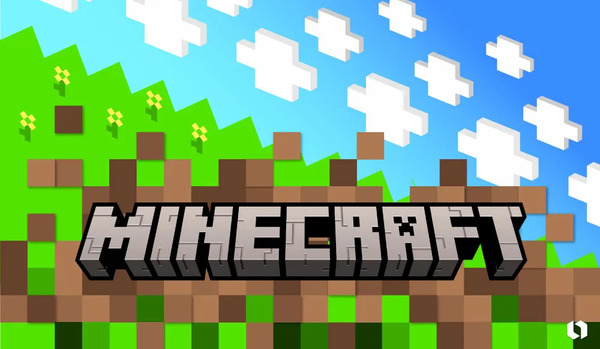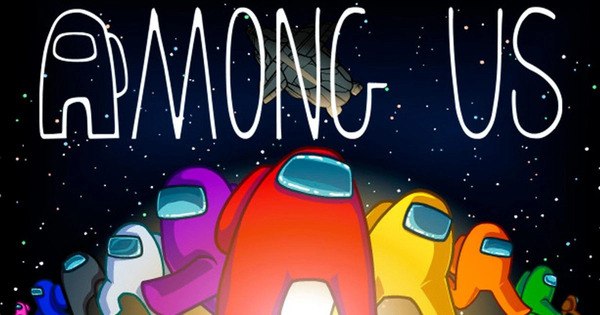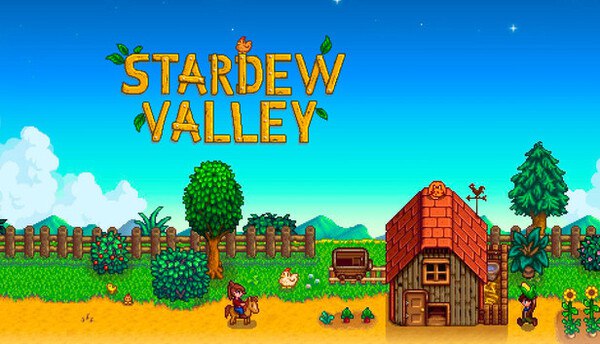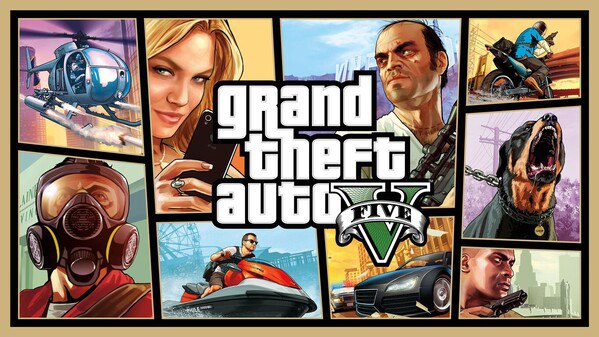Since its initial reveal, Hello Neighbor has intrigued gamers with its eerie suburban setting, AI-driven antagonist, and tense, puzzle-solving gameplay. Created by Russian development studio Dynamic Pixels and published by tinyBuild, this indie game blends stealth, horror, and mystery into a unique experience that has captivated millions. In this article, we’ll unpack the story of Hello Neighbor—from concept to franchise success—through ten structured chapters, ending with a comprehensive look at its pros and cons.
1. The Conceptual Birth of Hello Neighbor
The early concept of Hello Neighbor began circulating in 2015 when developers sought to create a game that leaned heavily into suspense and learning AI. The premise: break into your neighbor’s suspicious house and uncover what secrets lie hidden in the basement.
Inspirations and Design Goals
The developers took inspiration from stealth-based games like Thief and Amnesia, but also wanted to subvert expectations by making the main antagonist—your neighbor—learn from your every move. This created an ever-evolving gameplay loop where repetition was punished and creativity was rewarded.
Early Prototypes
Initial builds of the game, released in alpha stages, garnered significant attention online, particularly from YouTube content creators. The prototype was intentionally rough but demonstrated the unique AI behavior that would become the game’s defining trait. It was a glimpse into an ambitious, genre-bending title in development.
2. The Alpha and Beta Testing Phase
From 2016 to late 2017, Hello Neighbor was developed openly, with various alpha and beta versions released for public testing. This approach not only built hype but helped shape the game through community feedback.
Alpha Versions and Community Response
Alpha versions featured broken mechanics, clunky physics, and occasional bugs, but they allowed players to explore the creepy suburban house layout and test the neighbor’s AI. As players attempted various strategies to infiltrate the home, the game’s emergent storytelling took form.
Fine-Tuning and Polish
Beta versions aimed to refine the mechanics, smooth out controls, and improve AI behavior. The developers added more complex puzzles, hidden passageways, and red herrings to maintain a sense of unpredictability. These stages laid the groundwork for the eventual release while engaging an ever-growing fan base.
3. Official Launch and First Impressions (2017)
Hello Neighbor officially launched on December 8, 2017, for PC and Xbox One, and later on other platforms including PlayStation 4, Nintendo Switch, and mobile devices.
Launch Reception
The game received mixed reviews from critics upon release. While the concept and AI-driven gameplay were praised, technical issues and a lack of clarity in puzzle design drew criticism. However, it was a hit with younger audiences and YouTube creators, which propelled its popularity regardless of reviews.
Sales and Market Impact
Despite the reviews, Hello Neighbor achieved commercial success. The mix of cartoony visuals and horror themes allowed it to reach a wide demographic, and the game became a frequent feature on Let’s Play and livestream platforms. Its unique niche helped it stand apart from traditional horror games.
4. Gameplay Mechanics and AI Innovation
At its core, Hello Neighbor revolves around stealth, exploration, and adaptive AI. The player's mission is simple: infiltrate the house and discover what’s in the basement—but the execution is anything but.
Core Gameplay Loop
Players explore the neighbor’s house, searching for keys, tools, and hidden pathways. Each failed attempt teaches the AI how to prevent that strategy in the future. The neighbor sets traps, blocks entry points, and adjusts patrol routes to outsmart the player.
H3: Adaptive AI
The AI-driven antagonist is perhaps the game’s most impressive feature. It learns patterns, reacts to player behavior, and becomes harder to deceive over time. This makes each new run unpredictable and intense, demanding constant adaptation.
H4: Environmental Storytelling
Without traditional cutscenes, much of the narrative is told through the environment—cluttered rooms, unsettling toys, mysterious photos, and surreal dream sequences. These elements hint at a darker story beneath the surface.
5. Storyline and Narrative Depth
Though seemingly lighthearted in style, Hello Neighbor tells a surprisingly dark and layered story about loss, trauma, and suspicion. The game’s narrative is subtle and unfolds through clues and player discovery.
The Mystery Behind the Basement
What begins as childlike curiosity—sneaking into a neighbor’s house—slowly reveals something more sinister. Over time, players learn the neighbor is hiding a personal tragedy, and his basement may contain answers to his disturbed behavior.
Symbolism and Interpretation
Many elements in the game are metaphorical. Dream-like sequences suggest psychological trauma, and the house itself grows more convoluted as the story progresses—representing the neighbor’s mental state. These hidden meanings make Hello Neighbor a game that invites discussion and theory-crafting.
6. Art Style and Sound Design
The visual and audio design of Hello Neighbor are key to its identity. Though it may look cartoonish, its art style is deceptive, masking deeper horror themes.
Visual Identity
The bright, colorful aesthetic is reminiscent of Pixar animation, which makes the game approachable to younger players. Yet the exaggerated architecture, surreal lighting, and twisted layouts foster unease and mystery.
Sound as a Tension Builder
The ambient sound design builds suspense with creaks, doors slamming, and the neighbor’s footsteps echoing in nearby rooms. Musical stingers intensify when you're being chased, and moments of silence can be just as terrifying.
7. Expansion of the Franchise
Following the success of the base game, tinyBuild and Dynamic Pixels expanded Hello Neighbor into a full franchise, adding spin-offs, sequels, and transmedia elements.
Hello Neighbor: Hide and Seek
This prequel game explores the tragic backstory of the neighbor and his family. It sheds light on key events leading up to the original game, using a child’s imaginative lens to portray heavy themes such as grief and loss.
Hello Neighbor 2 and Other Media
Hello Neighbor 2, released in 2022, introduced an open-world structure and improved AI. The franchise also expanded with books, graphic novels, and an animated series in development—solidifying its presence beyond gaming.
8. Community and Modding Support
The Hello Neighbor community has played a crucial role in keeping the game relevant through user-generated content and theory-building.
Modding Tools
TinyBuild released modding tools allowing players to build their own levels and mysteries. This gave rise to hundreds of fan-made stories and alternate universes, many of which rivaled the creativity of the base game.
Fan Theories and Speculation
Because much of the story is hidden or symbolic, the community filled in the gaps with rich theories about the neighbor’s motives, his past, and the symbolic meaning of various game elements. YouTube videos dissecting lore accumulated millions of views.
9. Educational and Cultural Influence
Despite its horror roots, Hello Neighbor has been used in educational contexts and has had surprising influence on younger audiences.
Educational Use Cases
Some educators used the game to teach logic, problem-solving, and digital storytelling. Its blend of puzzles, stealth, and narrative exploration aligns with core cognitive development principles in game-based learning.
Cultural Penetration
The game has achieved meme status, with catchphrases, references, and fan creations flooding social media. It has also appeared in cross-media collaborations and pop culture merchandise, appealing to kids and teens especially.
10. The Future of Hello Neighbor
The Hello Neighbor universe is still growing. With multiple games, books, and a future animated series, the IP shows no signs of slowing down.
Future Game Titles
Beyond Hello Neighbor 2, developers have teased other potential experiences—perhaps an online co-op version or a fully VR iteration. The franchise is evolving to adapt to modern player expectations.
Longevity and Legacy
Though not without flaws, Hello Neighbor remains one of the most inventive indie horror games of the last decade. Its commitment to AI learning, environmental storytelling, and expanding universe give it a unique legacy in gaming.
Conclusion
Hello Neighbor has redefined what indie horror can be. It blends stealth, mystery, psychological tension, and emergent AI in a brightly colored world that masks deep darkness. While the game has its technical and narrative imperfections, its ambition, community engagement, and distinct identity have earned it a place in the gaming pantheon. Whether you're a theory-crafting lore hunter, a casual puzzle solver, or a die-hard stealth fan, Hello Neighbor offers something that sticks with you long after you’ve opened that basement door.
Pros and Cons
Pros:
-
Unique AI that learns and adapts to player behavior
-
Strong environmental storytelling and symbolic narrative
-
Distinctive visual and sound design that blends horror with accessibility
-
Expansive franchise with books, sequels, and modding tools
-
High replay value through sandbox mechanics and community creations
Cons:
-
Technical glitches and bugs at launch hurt initial reception
-
Puzzles can be obscure and lack intuitive logic
-
AI may sometimes act unpredictably or unfairly
-
Inconsistent narrative clarity without community interpretation
-
Base game relatively short without expansions or mods






























